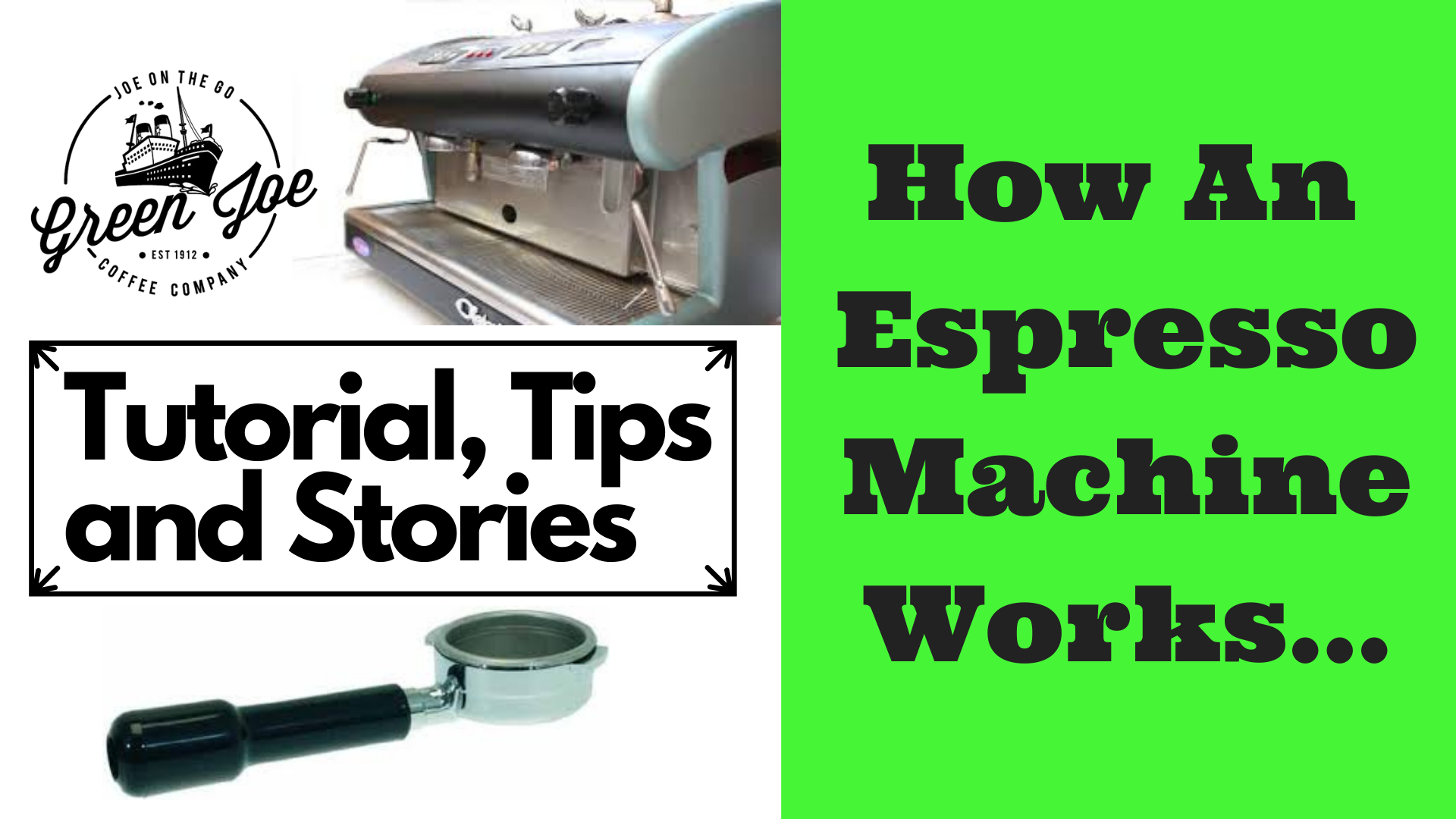What is a Commercial Espresso Machine? A commercial espresso machine is a coffee machine that delivers one cup of coffee at a time using pressure and heat to brew espresso coffee beans. Espresso coffee beans are typically, darker roasted coffee that is ground finely. Commercial Machines are heavy duty, made with larger boilers and bigger heating elements than household machines.
Invention of the Espresso Machine
1884, Angelo Moriondo filed a patent for the first espresso machine. The story goes that Angelo created the machine in efforts to brew a single cup of coffee as opposed to a whole pot of coffee. Percolation was the brewing method of this time and in order to brew a cup of coffee, shop owners would have to make an entire pot of coffee for one customer. As the story follows, there was one guy that stopped into his shop to grab the 10 o'clock express into town. Moriondo got tired of brewing an entire pot, so he hired an mechanic to build a machine that made one cup at a time for the guy grabbing the express. Hence the name, espresso. I'm not sure how true that story is, but it's a nice story.
Commercial Espresso Machine
In this video, I am using a 2 Group espresso machine, which means it has 2 handles on it that I may brew espresso from. Generally, 2 group machines are 220v and thus also a commercial machine. 220v means it has double the power requirements and is considered a heavy duty machine.
Front of the Machine:
Steam Wands: Steam wands are stainless steel tubes that jut from the boiler. They usually have a knob valve that allows you to open the line and because the boiler is under pressure, steam will start to shoot out automatically.
Groupheads and portafilters: Groupheads are the metal bells that are physically attached to the machine. Portafilters are the handles that get installed into those bells. The espresso beans are packed into the portafilter to make a "puck" and then placed into the grouphead for brewing. The grouphead is hot due to a patent called E61, which allows hot water to circulate through the grouphead passively.
Manual Water Fill: There is a small knob on the bottom of the machine that when pushed allows water to fill the boiler. This usually happens automatically via an electronic solenoid, however this is the manual option.
Top of the Machine:
Boiler: Large cylinder made of brass or steel which houses hot water under pressure.
Vacuum Breaker: Safety outlet that will jut steam to vent pressure in the event of a faulty boiler. It's a safety mechanism and should be replaced at every maintenance to ensure safety.
Level Probe: Stops water filling of the boiler. This used to either create more steam in the boiler (set at bottom position) or more water (down position).
Steam Wand Connects:Tubes that go directly to steam wand from boiler.
Hot Water Dispenser Tube: Connects to hot water dispenser.
Pressure Gauge: Shows pressure in the boiler or "steam pressure"
Lower Hydraulic Assembly
Lower Hydraulic Assembly: A series of pipes that splits to feed groupheads, hot water dispenser and boiler. These pipes are copper usually and will break if ever frozen.
Split 1: Goes to Lower Hydraulic Assembly and boiler.
Split 2: Lower Hydraulic Assembly splits to flow meters and hot water dispenser.
Boiler Split: One to the boiler and one to the refill solenoid.
Automatic Water Refill: Split between the solenoid (automatic) and manual knob.
Boiler and Heat Exchange
The boiler sits under pressure at boiling temperature. Gay Lussac's Law states that pressure and heat act the same upon water. So the more pressure, the more heat. Which is why the boiler is hotter than boiling temperature, because it's under pressure. This allows us to open the steam wand and have steam start spraying out. But, it does not allow us to use that water to brew coffee. It's too hot! So, there is another component that brews the coffee: heat exchanger. The heat exchanger is a metal tube that passes through the boiler allowing it to steal some of its heat. It then uses that heat to heat the water in the tube to 200 degrees plus. That tube is then sent to the grouphead for coffee brewing. A final temp check of the water is done by the grouphead solenoid. If cold water needs to be added to the water to bring it down to 200F, the solenoid does so. This can be adjusted but ideally only by your espresso mechanic.
Solenoids: Solenoids are electric components that allow for water to pass through at a certain rate. The rate is determined by the solenoid. We use solenoids to add colder water to the hot water coming from the boiler on both the groupheads and the hot water dispenser. The other place a solenoid is used is on the automatic water refill.
Motor and Pump
The motor and pump are directly connected. The motor is spun electronically and has a small square peg on the end of it. That peg fits into the pump an spins the pump. The spinning action of the pump forces pressure through a one way valve. If you are really interested in a pump, then read this blog article (Pump Blog).
Additional Reading:
How to Start A Coffee Trailer: Pros & Cons. Should I?







